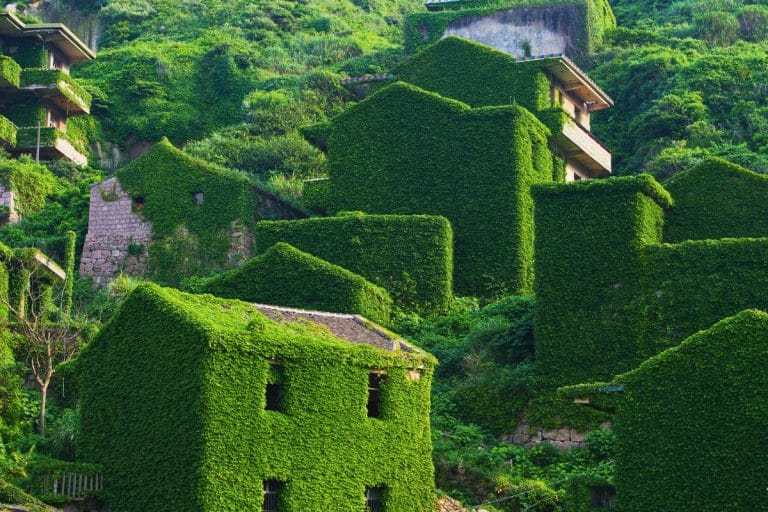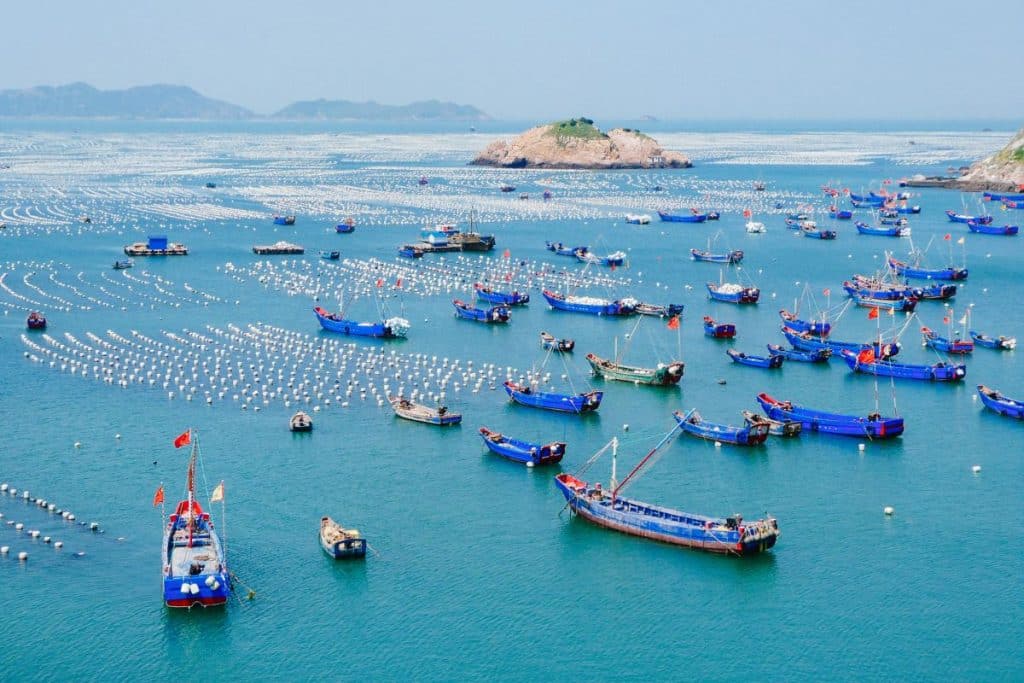Discover a whole new aspect of Chinese culture with a trip to the Shengsi Islands, a hidden treasure in the East China Sea. This archipelago is a portion of Zhoushan in Zhejiang Province in China, and it consists of over 400 islands, of which 18 are inhabited. The Shengsi Islands are an ideal location for travelers looking for an immersive experience among stunning scenery, tranquil beaches, and hospitable residents.
The Shengsi Islands are home to four primary picturesque areas: Yangshan, Shengshan-Gouqi, Huaniao, and Sijiao. All of these locations are accessible via ferry. The largest of the four islands, Sijiao is known for its immaculate beaches, glistening waters, and exciting water activities. The beaches of Jihu and Nanchangtu are great for swimming, tanning, and taking in the relaxed island atmosphere. Because of the region’s distinct topography, breathtaking cliffs and rock formations provide expansive views of the sea; the archipelago has been dubbed the “Little Greece of China.”
The Shengsi Islands’ cuisine and culture are fundamentally shaped by seafood. Every day, fishermen from the islands bring in fresh catch, which is prepared in both traditional and creative ways by the local eateries.
To catch some fish on your own, be sure to visit the Fishermen’s Village on Sijiao Island and register for a one-day fishing tour. You must try the delicacies, which include crab, octopus, and the freshest fish you can imagine. Offering the best seafood in the area, the annual Fishing Festival takes place in August, while the Shengsi Mussel Cultural Festival takes place in July.
Mysterious Green Village

Houtouwan village at Shengshan Island is a very unique hidden gem. This abandoned fishing settlement may well be the greenest village in the world. Located about 40 miles from Shanghai, this lush haven was formerly a bustling fishing community, home to approximately 2,000 fishermen and their families. However, in the early 1990s, as the modest bay struggled to support the expanding demands of the fishing industry, inhabitants started to leave for the mainland. They sought alternative employment and improved living conditions, mirroring a trend observed in numerous small villages across China.
Gradually, the settlement became a ghost town, with almost every house abandoned and just a few residents remaining. Over the last twenty years, nature reclaimed the area, blanketing the buildings with a dense layer of overgrowth. The eerie beauty of the abandoned houses is heightened by the sight of decaying personal belongings and furniture, left untouched since the residents departed.
Former inhabitants of Houtouwan have now discovered a new source of livelihood in tourism. They guide an increasing number of visitors through this verdant environment, offering water as the sole commodity for sale on the island. The area is awash in varying shades of green, presenting a surreal landscape and making it a haven for photographers seeking captivating shots.
Tips for Traveling to the Shengsi Islands
The best time to visit the Shengsi Islands is late spring (mid-March to early June) or early fall (late September to early December). Typhoons, rain, lots of tourists, and incessant insects are typically associated with summer, while gale-force winds and temperatures of 46 degrees are associated with winter.
For just $15, you can take a beautiful 4- to 5-hour ferry trip from Shanghai or Ningbo to the Shengsi Islands. You can drive to Yangshan via the Donghai Bridge, but you’ll need to take a boat to any of the other islands. The islands themselves can generally be explored on foot, with the use of tour buses or leased taxis. The majority of boats to other islands leave from Sijiao Island, which serves as the archipelago’s transit hub.
The majority of the islands’ reasonably priced lodging alternatives, which range from $15 to $100 per night, are found on Sijiao and Shengshan-Gouqi. You can interact with the islanders and have a more genuine experience by booking a homestay or hostel. Few international tourists visit the area, and the majority of residents do not speak English.



